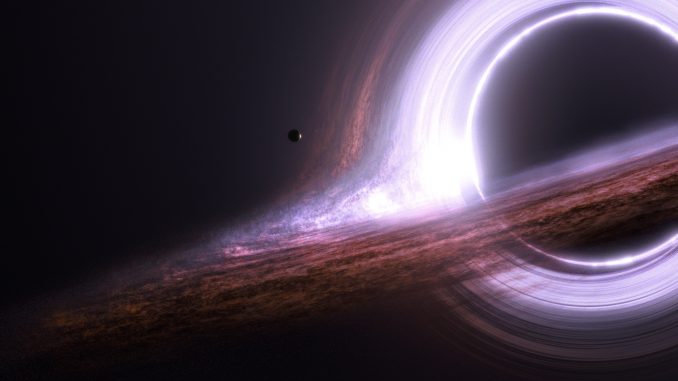
A few years ago I took a group of Astronomy students to the planetarium in the Sharjah University. After the show the students had lots of questions for the astrophysicist in charge of the Planetarium: how big are black holes? What happens inside a black hole? Why are black holes black? One by one he patiently answered all their questions. However, one student asked an absolute cracker of a question: Are black holes hot or cold? The astrophysicist was stumped.
To answer the question whether black holes are hot or cold, we need to first acknowledge that “hot” and “cold” are subjective words. We also need to understand what temperature is. Essentially temperature is an indication of how fast atoms move. The faster the atoms move (or the more excited the atoms are) the “hotter” the object is.
But another way of looking at temperature is to consider it in terms of the second law of thermodynamics which deals with entropy. The greater the entropy of a system the hotter it is.
The earth is hot. If we observe it from a distance it shines. If the earth was in equilibrium the temperature on the planet would be the same everywhere.
But deep space is cold – about 3 degrees Celsius above absolute zero – which would also be the temperature of the universe in equilibrium. There is always some radiation even in the most isolated parts of the universe. And radiation is a form of heat.
So coming to whether black holes are hot or cold: they’re extremely hot on the outside and extremely cold on the inside.
Stephen Hawking proved that black holes release tiny amounts of radiation. And radiation is a form of heat and energy. (Energy, we know, is the same as mass. So as the black hole radiates energy it is also losing mass. Over hundreds of trillions of years a black hole slowly evaporates into nothing and ceases to exist. ) At any rate, if we used a thermometer to measure the radiation of a black hole we’d find that it was only fractionally above absolute zero.
However, outside a black hole matter is accelerated to the speed of light by the enormous gravity of the black hole. These molecules are extremely agitated and therefore extremely hot. If we were to measure the temperature of the matter around the black hole we’d find it to be millions of degrees Celsius.
So the short answer is that black holes are extremely cold on the inside. But the matter outside and around a black hole is extremely hot.